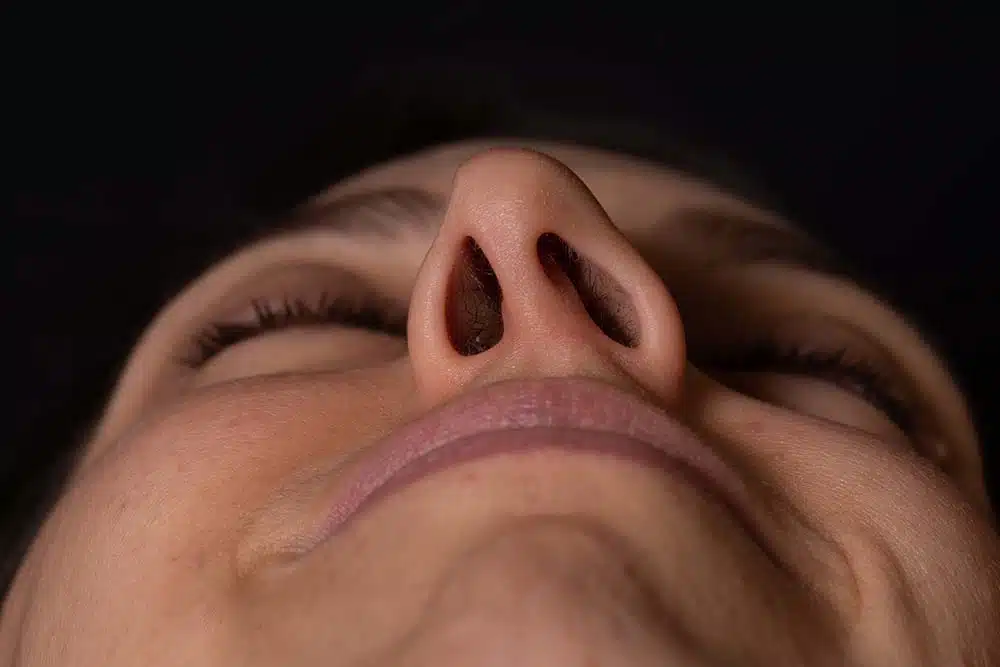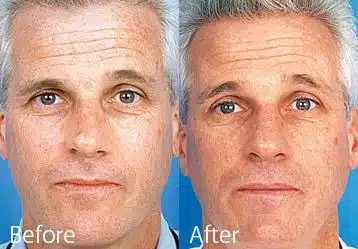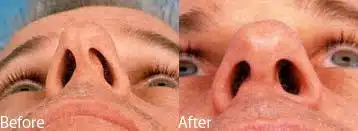Can Rhinoplasty Help Sinus Problems?

The nose job results in a better stimulating of the airways, improved breathing and fixing of the deviated septum, and cosmetic benefits. Another bonus that is considered as worthwhile and frequently mentioned in reviews is sinus issues such as sinus infection and sinus pressure headaches can be solved with this surgery.
This article shall therefore give a general description of rhinoplasty, sinus disorders and whether or not the former assists in treating the latter.
Definition of Rhinoplasty
Rhinoplasty is plastic surgery of the nose also called ‘nose job’ through which the physical structure and function of the nose is altered. It can be categorized into two types: To categorize the surgeries done on the nasal structure a distinction between the cosmetic and the functional are drawn and commonly known as cosmetic rhinoplasty and functional rhinoplasty respectively. The surgery act is the alteration of the nose in shape and size in other to harmonize the face.
As for functional rhinoplasty, it reconstructs internal structure in the nose; it may make the nostrils wider to increase the air passage or eliminate scar that forms due to injuries or disease.
Sometimes, surgery is carried out in order to rectify a distorted nasal septum, which may be the cause of many sinus problems, bleeding from the nose, facial pain, or headaches.
Overview of Sinus Problems
Sinuses as known are air filled spaces that are found in the skull particularly in the bones surrounding the nasal and orbital regions. Sinusitis refers to a condition, whereby, the hollow areas or tissues inside the face swell, or become reddened. It also results in the blockage of drainage of the sinuses hence causing an infection. Sinus ailments are of two types, namely, sinusitis of short duration, and sinusitis that takes an extended period to cure. They may be due to bacterial, viral, or fungal infections, allergy, nasal polyps or septal deviation among others.
If the nasal passages are narrow or the patient has some obstruction present, then the nasal airway can become blocked leading to chronic congestion and stuffiness thereby limiting one’s breathing ability and, subsequently, their quality of life.
Symptoms of Sinus Problems
Sinus problems can manifest in various ways, and an examination is needed to determine the root cause of the problem. These symptoms can include:
Common Cold
People with sinus issues present symptoms that are nearly similar to what anyone with a flu would exhibit and this causes confusion and an assumption that it is just a flu. The undrained fluid creates congestion and is likely to affect the nasal passages we end up having a runny or sniffly nose and a scratchy throat from post nasal drip. However, sinus problems are slightly different; they may stay for several weeks or even up to several months if not treated.
Chronic Sinus Infections
One of the usual manifestations of sinus issues is sinus infections that are chronic. These infections often persist beyond 12 weeks even with treatment attempts and produce warning features like; Halitosis, Nasal obstruction, Thick nasal discharge and Facial discomfort/pressure. The issues that cause often sinus infection will assist in the selection of proper treatment to prevent its complication.
Sinus Pressure Headaches
A headache can sometimes be caused by the increased pressure from the buildup of mucus and fluid in the sinuses. Sinus pressure headaches are usually accompanied by pressure/pain of the face that is tender to touch and felt when undergoing sudden movements, or while bending forward. In some cases, these headaches can be so severe that they interfere with normal daily activities.
Nasal Congestion and Obstruction
Nasal congestion and obstruction can often lead to mouth breathing as individuals struggle to breathe through their nose. The mouth, unlike the nasal passages, is not built to humidify or filter the air prior to it reaching the lungs. Consequently, mouth breathing may lead to a dry mouth, parched throat, and an increased risk of oral health issues.
These symptoms can also cause difficulty during sleep. In severe cases, treatment for sleep apnea might be needed because nasal congestion can lead to pauses in breathing during sleep.
Reduced Sense of Smell and Taste
Sinus problems can lead to a reduced sense of smell and taste. This problem can be caused by nasal congestion or inflammation that restricts airflow and prevents odor molecules from reaching the olfactory receptors in the nose. Or, the inflammation might impair the olfactory nerves responsible for transmitting smell signals to the brain. Chronic sinus problems can lead to a permanent loss of smell and taste if not treated.
Nasal Polyps and Septums
Nasal polyps are benign soft tissue growths that can block the nasal passages and cause irritation and inflammation to the sinuses. A deviated septum can also cause inflammation by interfering with drainage, leading to chronic sinus infections and difficulty breathing. A functional rhinoplasty surgery called septoplasty may be recommended to straighten a crooked septum to improve nasal function and restore normal breathing.
Secure Your Safe Treatment Experience with Dr. Daniel G. Becker.
Join our satisfied clients who’ve experienced safe, effective treatments.
Treatment Options for Sinus Problems
There are several options available to treat sinus problems. The underlying cause, along with the severity and length of the sinus problems, often determine the choice of treatment.
Medication and Antibiotics
Antibiotics are often the first line of treatment for sinus problems caused by bacterial infections. They work by killing the bacteria causing the infection which reduces inflammation so that the sinuses can drain. Anti-inflammatory medications may also be prescribed to reduce swelling in the nasal passages.
Decongestants and Saline Sprays/Rinses
Decongestants are a common treatment option for those suffering from chronic nasal congestion, nasal obstructions, or irritated, narrow nasal passages. They can be taken orally or administered through nasal sprays, depending on the severity of the nasal issues. These medications work by reducing swelling in the nasal airways, improving airflow, and making breathing easier. In addition to decongestants, saline sprays or rinses are also frequently used to alleviate symptoms of chronic nasal stuffiness.
Surgery (Functional Rhinoplasty)
When medication and other non-surgical treatments are ineffective, surgery may be recommended. Functional rhinoplasty can effectively address structural issues that impede proper sinus function.
Expert New Jersey rhinoplasty surgeons employ functional rhinoplasty techniques to improve the patient’s breathing capacity, alleviate chronic nasal congestion, and rectify other nasal issues.
Benefits of Surgery for Treating Sinus Problems
While rhinoplasty is primarily known for its cosmetic enhancements, it can also have advantages when it comes to addressing sinus issues. Not only does the surgery provide a long-term solution, but functional rhinoplasty is designed to directly address the root cause of the sinus problem. It can correct nasal obstructions, narrow nasal airways, nasal valve collapse, and more, all of which can contribute to chronic sinusitis and difficulty breathing.
Dr. Daniel G. Becker, an expert in rhinoplasty at Becker Rhinoplasty Center in New Jersey, uses advanced rhinoplasty techniques to reshape the nasal bones and cartilage to improve nasal function and breathing capacity while also improving the appearance of the nose. By addressing sinus problems while enhancing the nose’s appearance, patients can experience a renewed sense of self-assurance. Along with the improvement in breathing and chronic sinus problems, patients enjoy having their desired nose shape and a more harmonious facial appearance, all of which contribute to overall satisfaction and confidence in their daily lives.

